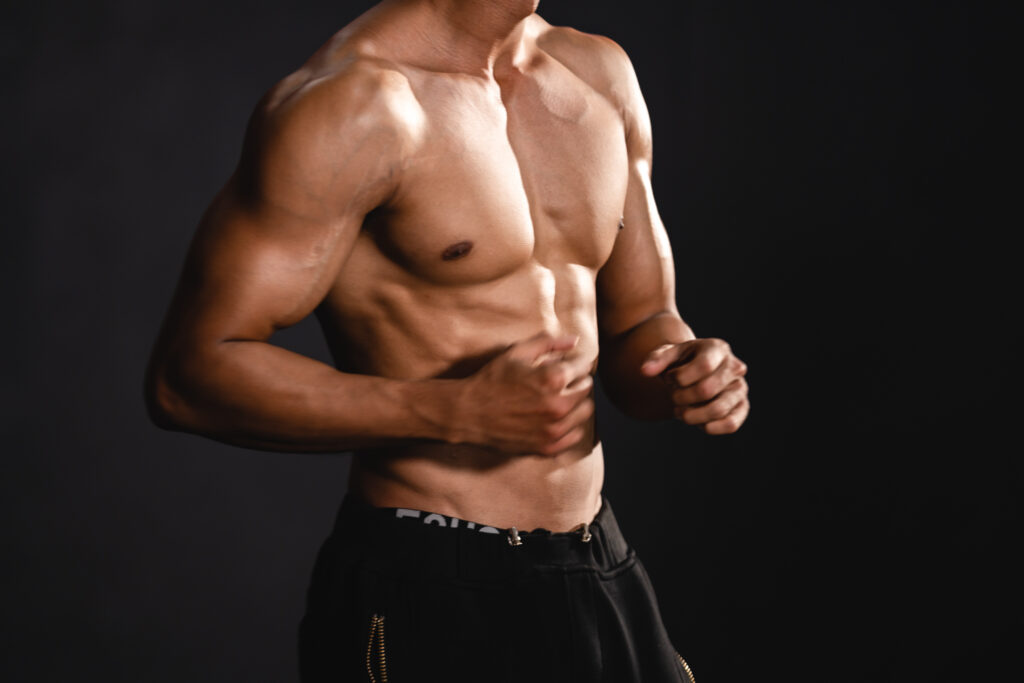Body fat percentage is a measure of how much of your total body weight is composed of fat. Everyone needs some fat for essential functions like insulating organs, providing energy, and regulating hormones. Now, when we talk about someone being “skinny,” it’s often in reference to their appearance, which can be influenced by factors other than just body fat, such as muscle mass and bone structure.
For men, a body fat percentage of around 6-13% is often associated with a lean or “skinny” look, especially if they haven’t built significant muscle mass. Within this range, abdominal muscles might start to become visible, particularly towards the lower end. For women, the equivalent range is approximately 16-23%. It’s important to note that women naturally have a higher body fat percentage than men due to reproductive and hormonal reasons.
However, it’s essential to emphasize that being “skinny” or having a low body fat percentage doesn’t necessarily equate to being healthy. Extremely low body fat percentages can lead to health issues, including hormonal imbalances, reduced immune function, and other complications. Also, appearance isn’t the only (or best) indicator of health. Many factors, including diet, physical activity, and overall well-being, play into one’s health status.
For those aiming to achieve visible six-pack abs, it’s more about reducing body fat to the point where these muscles are visible. This typically requires a body fat percentage of around 10-12% for men and 18-20% for women. However, achieving and maintaining such low levels requires strict diet and exercise regimens and might not be sustainable or healthy for everyone.
While there are general body fat percentage ranges that are associated with a “skinny” appearance, it’s crucial to approach fitness goals with a focus on overall health and well-being, rather than just aesthetics. Always consult with a professional before making significant changes to your fitness routine or diet.

